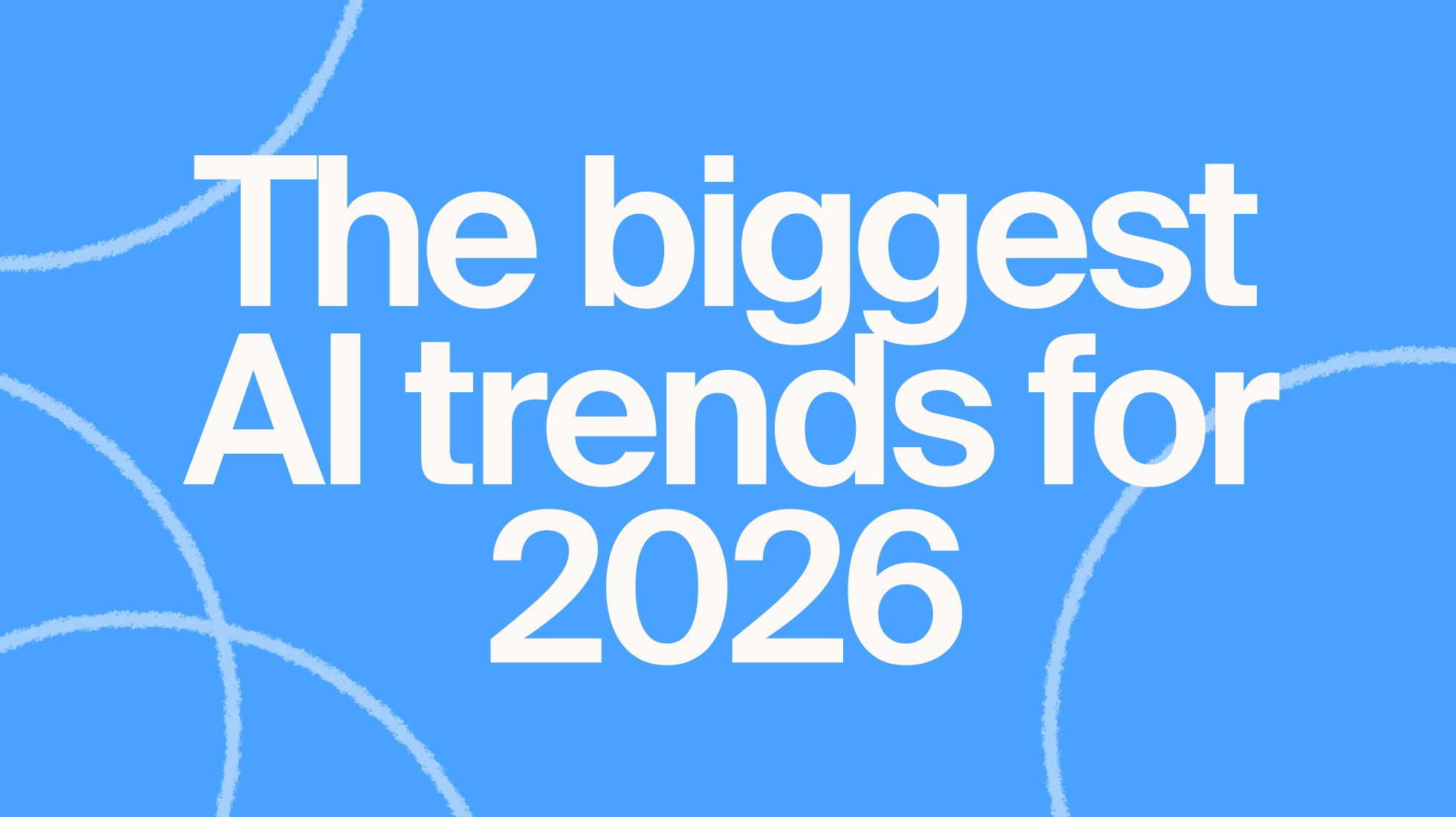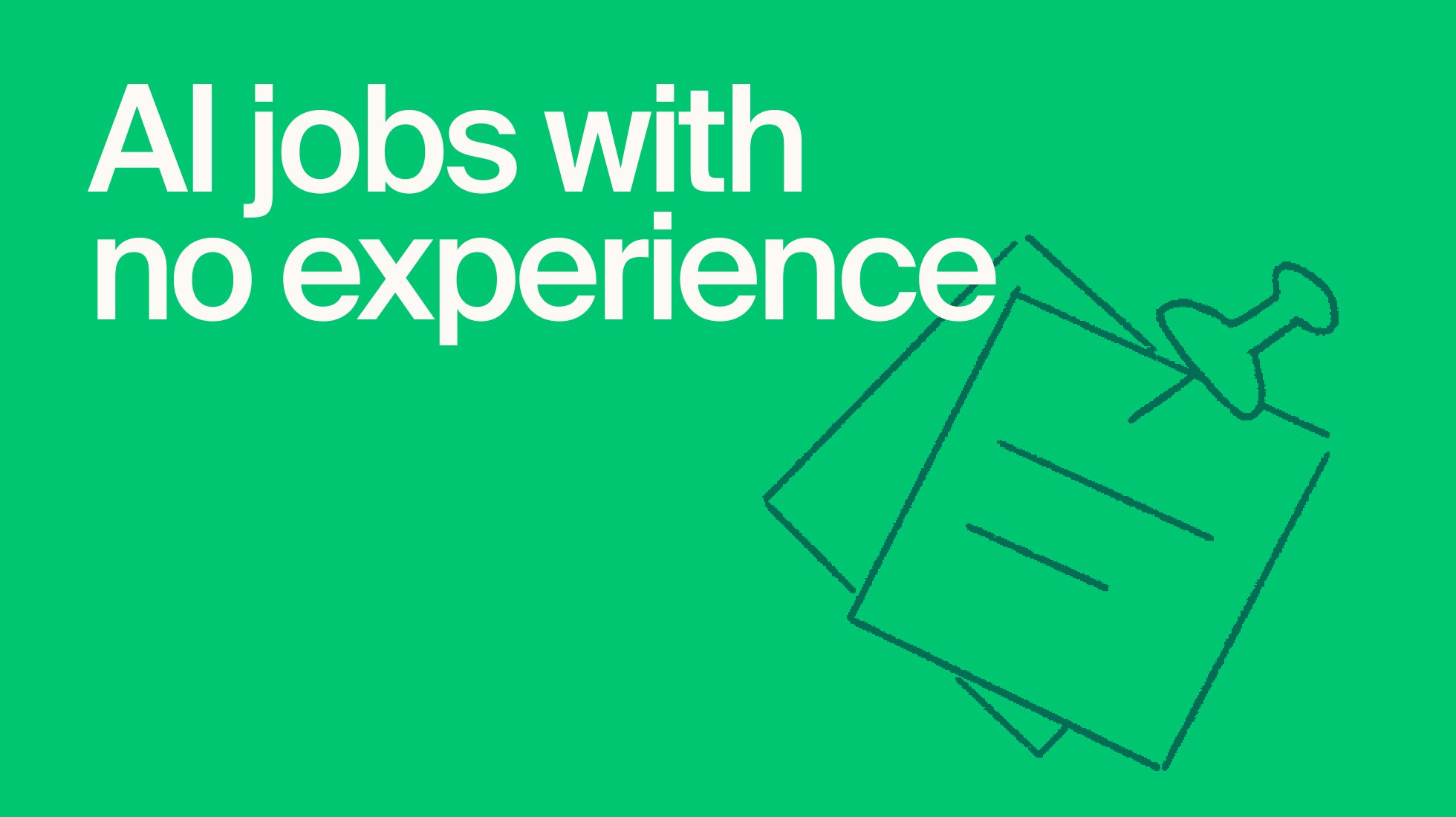Remote Opportunities
November 4, 2025
Article by
Mindrift Team
The way we work is quickly evolving, and STEM jobs are right at the center of it. STEM, or Science, Technology, Engineering, and Mathematics, has always been the engine of innovation and progress. But today, it’s also redefining what it means to go to work.
In the past, those with a STEM education were often tied to physical spaces — labs, production floors, and corporate offices. But rapid technological innovation and a shift in how society thinks about work have opened up completely new possibilities for remote STEM employment.
In this new era, positions that once required a fixed location now offer freedom and flexibility. STEM professionals now have the opportunity to solve problems, conduct research, and create meaningful impact from anywhere. It’s reshaping the industry — and redefining what’s possible for the workers behind it.
What’s driving remote STEM occupations?
At the heart of this surge in remote STEM occupations is technology. Cloud computing makes it possible to handle massive data analysis and storage without relying on local servers. At the same time, next-gen collaboration tools help teams build complex systems together in real time, even when they’re oceans apart.
Another powerful driver? The high demand for technical talent. To stay competitive, agile organizations have broadened their search far beyond local candidates. Offering remote flexibility allows an organization to hire the best software developer or researcher from anywhere — no relocation required. The result is a more global, flexible, and future-ready workforce.
High-demand remote STEM careers leading the evolution
STEM careers may be moving beyond the lab quickly, but some fields are adapting faster than others. Here are a few that are leading the change:
Software developer: Builds and maintains the digital tools and systems that power our daily lives — from apps to infrastructure. They measure progress, track responsibilities, and collaborate with clients to accomplish complex projects seamlessly.
Data scientist: Turns massive datasets into insights that guide smart decisions across industries like healthcare, finance, and AI. They solve problems, collaborate with teams, and communicate findings that drive real-world impact.
Cybersecurity specialist: Keeps an organization’s digital assets safe from ever-evolving online threats. As more companies move operations to the cloud, these workers protect critical systems, monitor risks, and respond in real time.
Robotics engineer: Designs, programs, and simulates robotic systems — often without ever touching the physical machine. They can test, iterate, and measure outcomes remotely while coordinating with clients and teams globally.
Bioinformatics analyst: Combines health services and data analysis to decode complex biological information in biology and genomics. They collaborate with researchers and other STEM professionals to solve problems and generate actionable insights.
Together, these roles show how quickly remote STEM is expanding — and the numbers back it up.
The data decoded: Labor statistics and the future outlook
Taking a look at historical data, the trend is clear: employment in STEM occupations is accelerating. The Bureau of Labor Statistics (BLS) projects that employment in STEM occupations will grow significantly faster than the average — something to think about in your next job search!
The statistics from the BLS indicate that many of the fastest-growing careers over the next decade will be in STEM fields. For example, STEM employment is projected to grow by about 8.1% from 2024 to 2034 — compared to just 3.1% for all occupations.
This rapid expansion, combined with the rise of remote work, suggests that a substantial portion of this future growth will happen in remote or hybrid formats. That means workers, organizations, and industries are being reshaped in powerful ways.
The virtual toolkit: How remote STEM jobs get done
Remote STEM relies on a suite of digital tools and platforms that make collaboration, computation, and security possible, no matter where you are.
Communicating complex ideas clearly
Remote collaboration requires clarity. STEM professionals must be able to explain technical concepts, share findings, and align with global teams through written updates, visual aids, and asynchronous tools.
Working with data visualization tools
From dashboards to interactive charts, data visualization helps turn raw information into insights others can understand and act on. Familiarity with tools like Tableau, Power BI, or Python visualization libraries is increasingly valuable.
Understanding AI-assisted workflows
AI now plays a central role in research, engineering, and data analysis. Knowing how to use — and critically evaluate — AI-assisted systems allows professionals to work faster, verify outputs, and stay relevant in evolving industries.
Managing time and projects independently
Remote work relies on self-management. Successful STEM experts organize their tasks, set priorities, and maintain accountability without in-person supervision, ensuring consistency and productivity across distributed teams.
With the right digital toolkit, remote STEM isn’t limited to coding or analysis — even occupations grounded in the physical world can be done from anywhere.
Beyond code: Remote jobs in engineering and physical science
With the right digital tools, STEM isn’t just about computer science. Even engineering and hard sciences are finding ways to go virtual.
Take a civil engineer: while they can’t pour concrete from home, much of their responsibilities — including complex design, managing schedules, and coordinating with technicians and clients — can be handled remotely.
The same hybrid model is emerging in health services and science fields like biology. Science researchers can conduct data analysis, write papers, and collaborate on genomic systems research from anywhere. Lab work may be handled by rotating teams, but the intellectual heavy lifting — analysis and discovery — happens online.
Even occupations tied to the physical world are adapting, shifting focus to design, management, and data-driven insights.
Explore AI opportunities in your field
Browse domains, apply, and join our talent pool. Get paid when projects in your expertise arise.
The new wave of STEM jobs: Opportunities in AI
AI is creating entirely new STEM careers, and the demand for technical talent has never been higher.
Expert AI Trainers guide large language models, shaping the insights they produce and ensuring accuracy. These professionals are responsible for teaching AI systems, looking for creative solutions, and blending expertise with cutting-edge technology.
Mindrift offers flexible, project-based opportunities for STEM workers to contribute to the future of AI systems — from anywhere, on your schedule, and with real impact. Check out current high-priority projects and discover how you can make a meaningful contribution while shaping the future of AI.
Article by

Mindrift Team




